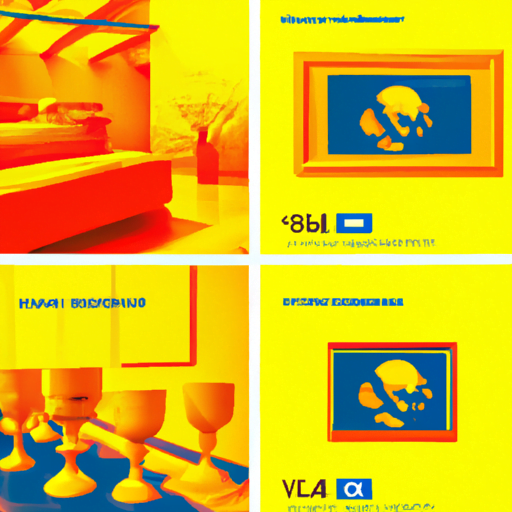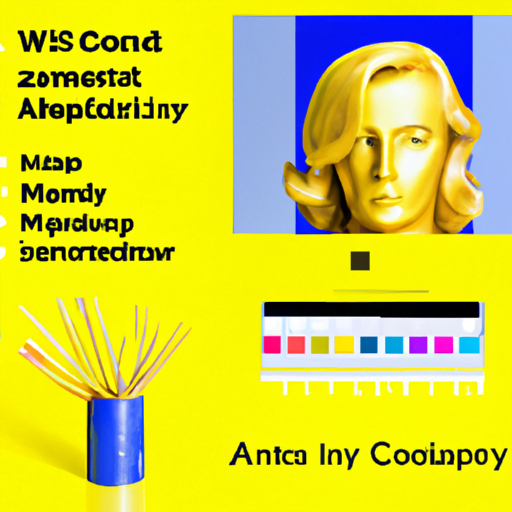
-
Table of Contents
- Interface Design for Interior Design and Home Decor Apps
- The Role of Interface Design in Interior Design and Home Decor Apps
- Key Considerations for Interface Design
- 1. Intuitive Navigation
- 2. Visual Appeal
- 3. Customization Options
- 4. Realistic 3D Visualization
- 5. Integration with E-commerce
- Best Practices in Interface Design
- 1. Minimalistic Design
- 2. Consistent Design Language
- 3. Responsive Design
- 4. User Feedback and Testing
- Case Study: Houzz
- Conclusion
Interface Design for Interior Design and Home Decor Apps

With the rise of technology and the increasing popularity of smartphones and tablets, interior design and home decor apps have become essential tools for homeowners, designers, and decorators. These apps provide users with the ability to visualize and plan their spaces, experiment with different design elements, and even purchase furniture and decor items. However, the success of these apps heavily relies on their interface design. In this article, we will explore the importance of interface design for interior design and home decor apps and discuss key considerations and best practices.
The Role of Interface Design in Interior Design and Home Decor Apps
The interface design of an app plays a crucial role in its usability, user experience, and overall success. In the context of interior design and home decor apps, a well-designed interface can enhance the user’s ability to visualize and plan their spaces effectively. It should provide a seamless and intuitive experience that allows users to easily navigate through different features and options.
One of the primary goals of interface design in these apps is to bridge the gap between the user’s imagination and the final result. By providing a user-friendly interface, these apps empower users to experiment with various design elements, such as furniture, colors, textures, and lighting, without the need for professional expertise. This not only saves time and money but also encourages creativity and personalization.
Key Considerations for Interface Design
When designing the interface for interior design and home decor apps, several key considerations should be taken into account to ensure a seamless user experience. Let’s explore some of these considerations:
1. Intuitive Navigation
The navigation within the app should be intuitive and easy to understand. Users should be able to access different features and options without feeling overwhelmed or confused. A clear and well-organized menu structure, along with easily recognizable icons and labels, can greatly enhance the app’s usability.
2. Visual Appeal
The visual appeal of the app is crucial in capturing the user’s attention and creating an immersive experience. The interface should be visually pleasing, with high-quality images and graphics that accurately represent the design elements. The use of color schemes that complement the app’s purpose and branding can also contribute to a cohesive and engaging user experience.
3. Customization Options
Interior design and home decor apps should provide users with a wide range of customization options to cater to their individual preferences and needs. This includes the ability to change colors, textures, furniture layouts, and lighting effects. The interface should allow users to experiment and visualize different combinations easily.
4. Realistic 3D Visualization
One of the most significant advantages of interior design and home decor apps is the ability to visualize spaces in 3D. The interface design should facilitate realistic 3D visualization, allowing users to view their designs from different angles and perspectives. This can be achieved through the use of advanced rendering techniques and interactive features.
5. Integration with E-commerce
Many interior design and home decor apps offer users the option to purchase furniture and decor items directly from the app. The interface design should seamlessly integrate e-commerce functionalities, making it easy for users to browse, select, and purchase products. This includes features such as a shopping cart, product reviews, and secure payment options.
Best Practices in Interface Design
Now that we have discussed the key considerations, let’s explore some best practices in interface design for interior design and home decor apps:
1. Minimalistic Design
A minimalistic design approach can help create a clean and uncluttered interface, allowing users to focus on the design elements. Avoid overwhelming the user with too many options or information on a single screen. Use whitespace effectively to create a sense of balance and highlight important features.
2. Consistent Design Language
Consistency in design elements, such as colors, typography, and icons, helps create a cohesive and familiar user experience. Use a consistent design language throughout the app to ensure that users can easily recognize and understand different features and interactions.
3. Responsive Design
Given the variety of devices and screen sizes available, it is essential to design interfaces that are responsive and adaptable. The app should provide an optimal user experience across different devices, including smartphones, tablets, and desktops. This can be achieved through responsive layouts, scalable graphics, and adaptive user interfaces.
4. User Feedback and Testing
Collecting user feedback and conducting usability testing is crucial in identifying areas for improvement in the interface design. Regularly gather feedback from users and iterate on the design based on their suggestions and preferences. Usability testing can help identify any usability issues or bottlenecks in the user flow.
Case Study: Houzz
Houzz is a popular interior design and home decor app that has gained significant traction among homeowners and professionals. The success of Houzz can be attributed, in part, to its well-designed interface. Let’s take a closer look at some of the key features and design elements that make Houzz stand out:
- Intuitive Navigation: Houzz features a user-friendly menu structure that allows users to easily browse through different categories, such as furniture, lighting, and decor. The app also provides personalized recommendations based on the user’s preferences and browsing history.
- Visual Inspiration: Houzz offers a vast collection of high-quality images and curated design ideas. The app’s interface showcases these images in a visually appealing manner, allowing users to explore and save their favorite designs for future reference.
- 3D Visualization: Houzz allows users to visualize furniture and decor items in their own spaces using augmented reality (AR) technology. This feature provides a realistic and immersive experience, helping users make informed decisions before making a purchase.
- Seamless E-commerce Integration: Houzz seamlessly integrates e-commerce functionalities, allowing users to purchase products directly from the app. The interface provides detailed product information, customer reviews, and secure payment options.
Conclusion
The interface design of interior design and home decor apps plays a vital role in enhancing the user experience and driving the success of these apps. By considering key factors such as intuitive navigation, visual appeal, customization options, realistic 3D visualization, and seamless e-commerce integration, designers can create interfaces that empower users to visualize and plan their spaces effectively. Incorporating best practices, such as minimalistic design, consistent design language, responsive design, and user feedback, further enhances the usability and overall experience of these apps. As demonstrated by the success of apps like Houzz, a well-designed interface can revolutionize
